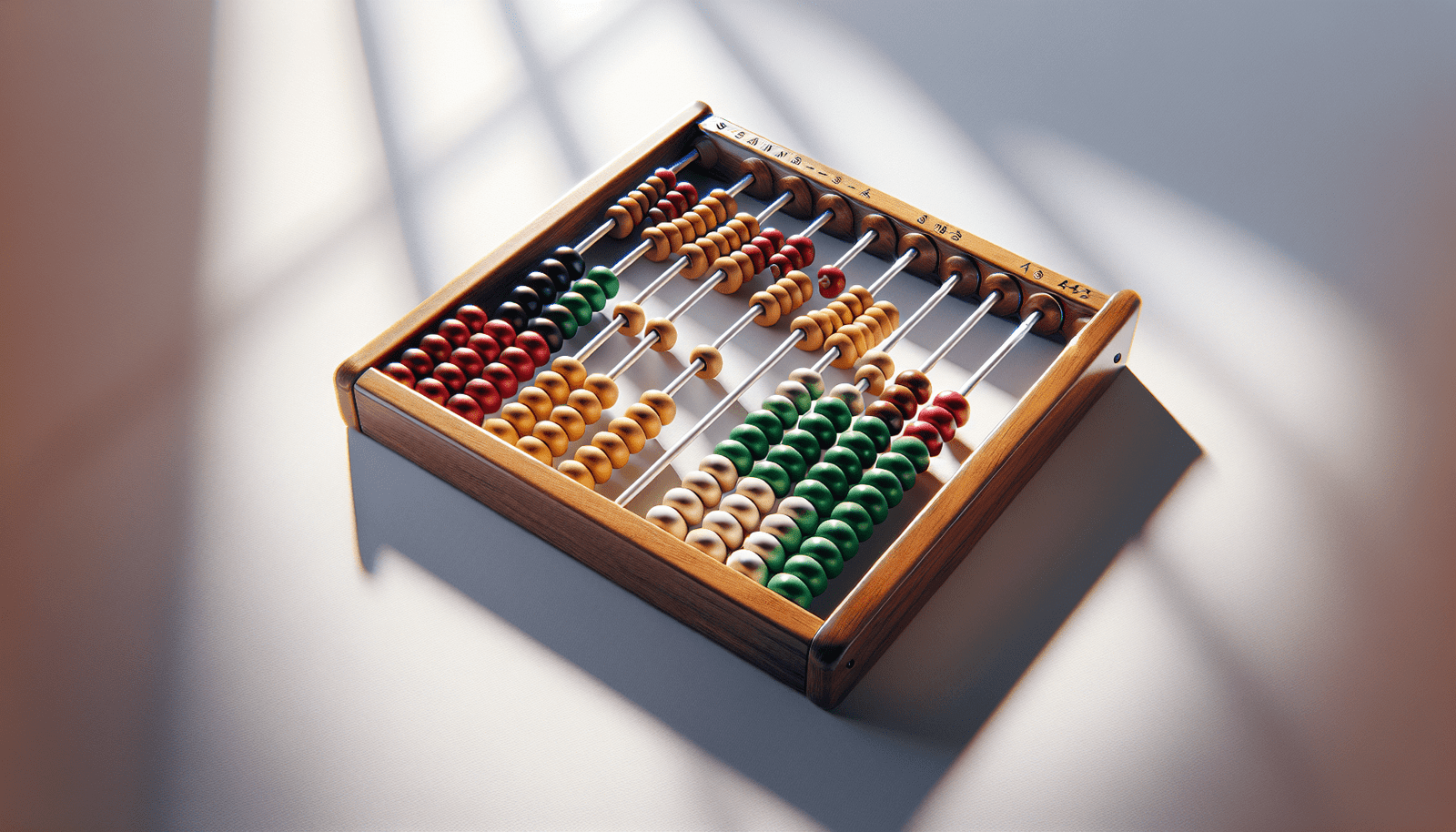Have you ever found yourself stuck trying to add fractions and wishing for an easier way? We’ve all been there, straining to remember classroom lessons about common denominators and simplifying results.
 Adding Fractions Calculator
Adding Fractions Calculator
Adding Fractions Calculator
An Adding Fractions Calculator is a handy tool designed to simplify the process of adding and subtracting fractions, whether they are proper or improper fractions. This calculator tackles up to nine fractions in one go, ensuring that your calculations are quick and accurate.
Directions for Use
Using the Adding Fractions Calculator can save you time and hassle. Here’s a step-by-step guide on how to use it effectively:
- Select the Number of Fractions: Determine how many fractions you need to add or subtract. This number can range from 2 to 9 and should be chosen from the drop-down menu.
- Input the Fractions: Enter the numerators and denominators of the given fractions in the provided input boxes. If any fraction is negative, include the minus sign in either the numerator or denominator field but not both, as two negatives make a positive.
- Choose the Operation Sign: For each operation, select either “+” (Add) or “-” (Subtract).
- Calculate: After filling out all input fields and choosing the signs, press “Calculate.” The calculator will provide the final answer along with a detailed solution to understand the step-by-step process of achieving the result.
Let’s look into more detail on how to add and subtract fractions with the same and different denominators.
Adding and Subtracting Fractions
When the Denominators are the Same
Adding fractions with the same denominators is straightforward. Follow these steps:
- Add or subtract the numerators.
- Use the original denominator for the new fraction.
- Simplify the resulting fraction if needed.
Example: [ \frac + \frac + \frac – \frac = ? ]
Since the denominators are the same, add the numerators: [ 1 + 13 + 3 – 5 = 12 ]
So, the new fraction is: [ \frac ]
Simplify by finding the greatest common factor (GCF) of 8 and 12, which is 4: [ \frac = \frac = \frac ]
This improper fraction can be written as a mixed number: [ \frac = 1 \frac ]
Thus, the final solution is: [ \frac + \frac + \frac – \frac = \frac = \frac = \frac = 1 \frac ]
When the Denominators are Different
For fractions with different denominators, you need to find a common denominator:
- Convert all fractions to a common denominator.
- Add or subtract the numerators.
- Simplify the resulting fraction if necessary.
Example: [ \frac + \frac + \frac = ? ]
Find the least common denominator (LCD) for 5, 10, and 4, which is 20. Convert each fraction: [ \frac \rightarrow \frac, \frac \rightarrow \frac, \frac \rightarrow \frac ]
Add the fractions: [ \frac + \frac + \frac = \frac ]
Simplify: [ \frac = \frac = \frac = 1 \frac ]
So, the final solution is: [ \frac + \frac + \frac = \frac = \frac = \frac = 1 \frac ]
Working with Negative Fractions
When dealing with negative fractions, use the same principles as with positive fractions, but be mindful of sign rules. Here’s a quick reference table:
| Operation | Fraction Sign | Result |
|---|---|---|
| + | + | Add |
| – | – | Add |
| + | – | Subtract |
| – | + | Subtract |
| – | – | Add (two negatives make a positive) |
Calculation Example: Negative Fractions
Consider you need 2 cups of tomato puree but only have ( \frac ) cup. You need to figure out how much more you need. Write 2 as a fraction and subtract ( \frac ):
[ 2 – \frac = \frac – \frac ]
Find a common denominator, 3: [ \frac \rightarrow \frac ]
Now subtract: [ \frac – \frac = \frac ]
Simplify: [ \frac = 1 \frac ]
So, you would need ( 1 \frac ) more cups.
Final Thoughts
An Adding Fractions Calculator can greatly simplify the often daunting task of adding and subtracting fractions. Whether dealing with fractions with different denominators or negative fractions, using such a calculator ensures accuracy and saves time. Mastering the basic rules of fraction addition and subtraction makes solving fraction problems less intimidating and more manageable.
By using tools like this, you’ll have more time and mental space to focus on the parts of life you enjoy, without getting bogged down by complex calculations. Whatever mathematical challenges you face, remember that with the right tools and a bit of practice, you can handle them with confidence.
